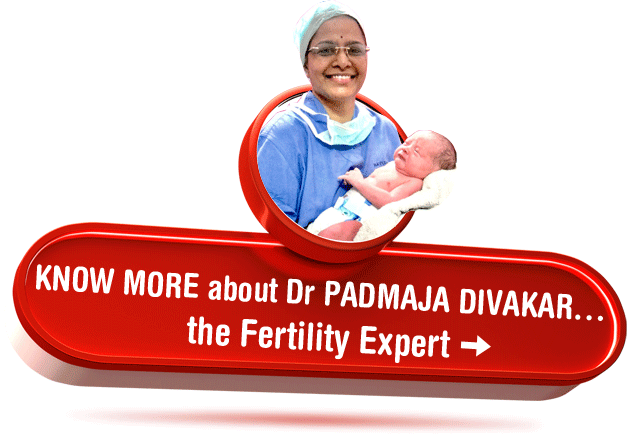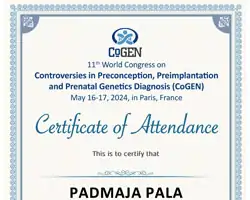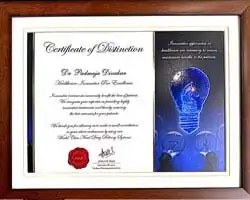- @NGRI Metro Stn, Piller No: C-964, St No: 7,
Habsiguda, Hyderabad - 500 007, TS INDIA.
Bhargavi PRO (Telugu, English, Hindi)
+91-76610 86644Admin / PRO (Telugu, English, Hindi)
+91-76610 17755Pro's IUI/IVF/ICSI (Telugu, English)
+91-76610 58800Divakar Reddy (CEO) (Telugu, English, Hindi)
+91-98483 43244SINDHU (PRO) (English, Telugu, Hindi)
+91-79819 36828Get An Appointment
IVF
Patrons Please Note:
Bhargavi PRO (Telugu, English, Hindi)
+91-76610 86644Admin / PRO (Telugu, English, Hindi)
+91-76610 17755Pro's IUI/IVF/ICSI (Telugu, English)
+91-76610 58800Divakar Reddy (CEO) (Telugu, English, Hindi)
+91-98483 43244Enquiry
| Total Cases Done | Successful | Success Rate |
|---|---|---|
0
|
0
|
0%
|
First Attempt Successful
| Total Cases Successful | First Attempts | First Attempt Success % |
|---|---|---|
0
|
0
|
0%
|
IVF (In Vitro Fertilisation)
For successful pregnancy, the sperm and egg released from the ovary must unite together. This process is termed as fertilization and this occurs within the fallopian tube, which joins the uterus (womb) to the ovary. However, with the process of IVF, the union occurs in the laboratory, after the egg and sperm have been collected and cultured together in order to form an embryo thereafter which is transferred to the uterus for the growth.
Who can opt for IVF?
In the following instances, IVF can be opted for:
- When both fallopian tubes are absent
- Blocked due to surgery
- Tubal pregnancy
- Infection
- Endometriosis
- Unexplained infertility
Sometimes when all the investigations are performed and a couple indicate normal health, and still unable to conceive with the routine treatments, In Vitro Fertilization (IVF) is necessary.
At times, couples indicate their willingness and interest to become pregnant with the procedure of embryo and egg donation.
At Dr.Padmaja Fertility (IVF) Centre, IVF success rates are scaled at 35 to 40% which are in the upper scale.
There are primary five major steps in the In Vitro Fertilization (IVF) and embryo transfer process:
- Carefully administer and monitor the development of ripening of eggs in the ovaries.
- Blocked due to surgery
- Collection of eggs
- Obtain the sperm
- With the supervision of medical professionals, eggs and sperm are placed in the laboratory and given the condition for fertilization and early embryo growth.
- Transfer the embryos into the uterus
In order to control the timing of egg ripening and enhance the scope for collecting a substantial number of eggs, fertility medicines are prescribed depending on each case study. Prior to the determining of egg retrieval schedule, at Dr. Padmaja Fertility (IVF) Centre, ultrasound of the ovaries is performed to check the development of eggs and a blood / urine test to measure the hormone levels.
The Egg Retrieval and Embryo Transfer Procedure
The retrieval procedure to eggs is carried out trans-vaginally with the help of a hollow needle under the assistance of the ultrasound image (this procedure is completely safe and comfortable under adequate sedation and general anesthesia). Eggs are gently removed from the ovaries with the help of a needle and this procedure is called "follicular aspiration." Our embryologist in our special In Vitro Fertilization ( IVF) laboratory immediately identifies the eggs and they are placed with the sperm in incubators to further allow fertilization to take place. Further, the eggs are kept under close observation and examination carefully at intervals to ensure that fertilization and cell division takes place. The fertilized eggs are now called embryos. Embryos are generally placed in the wife's uterus 2 or 3 days after egg retrieval.















